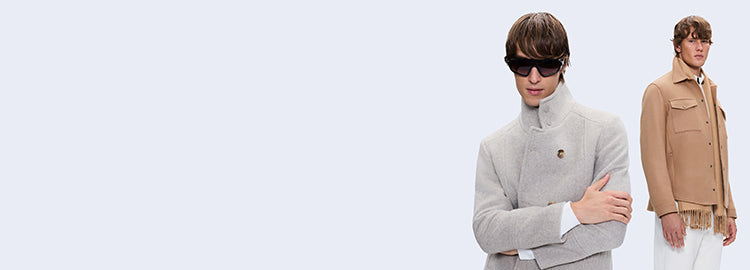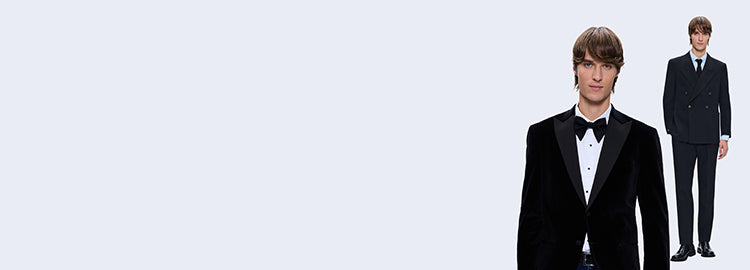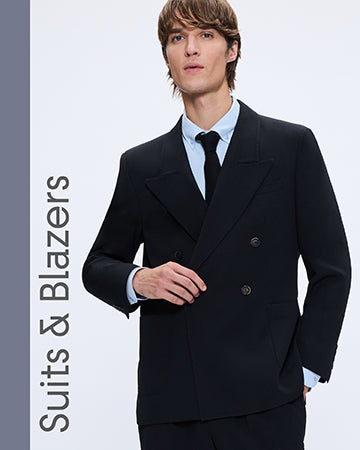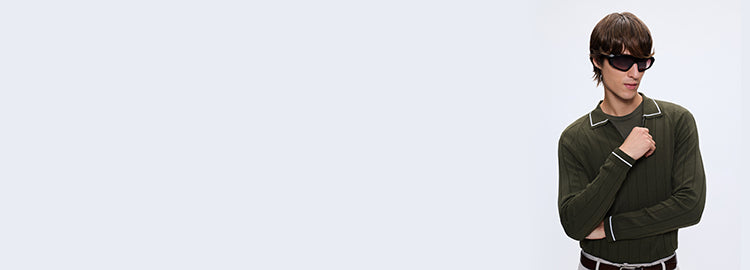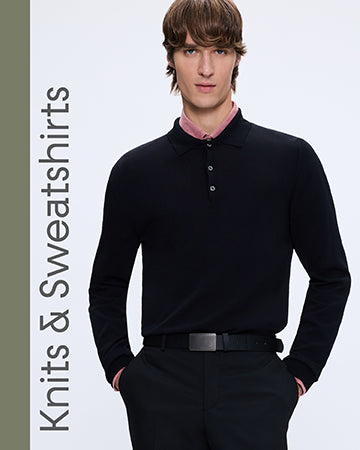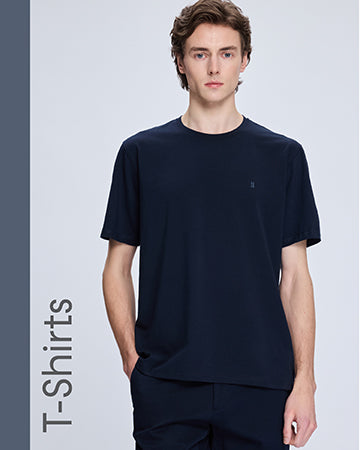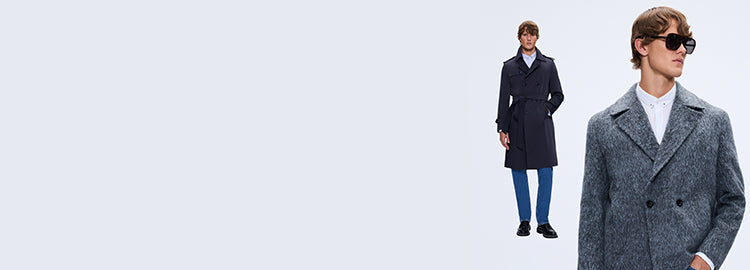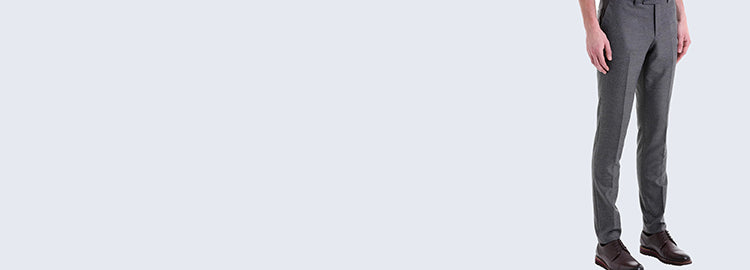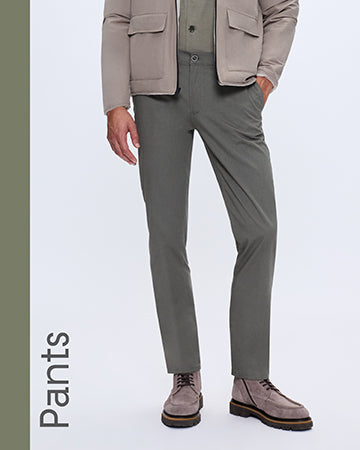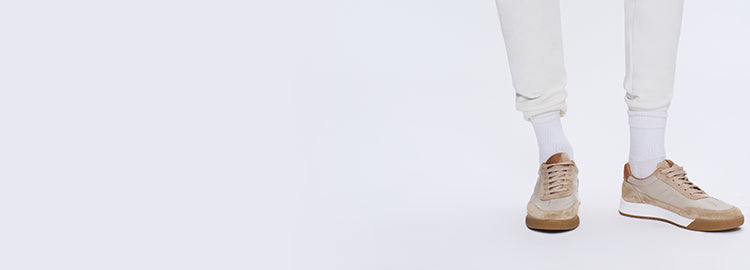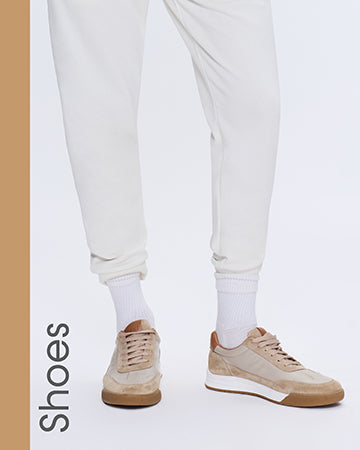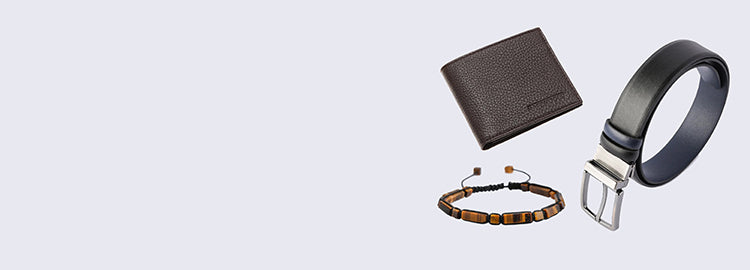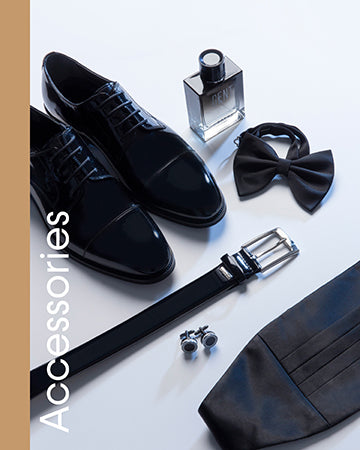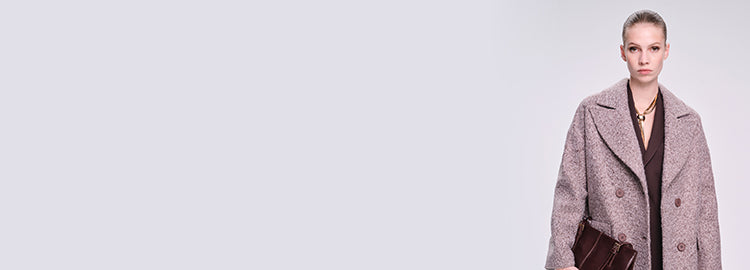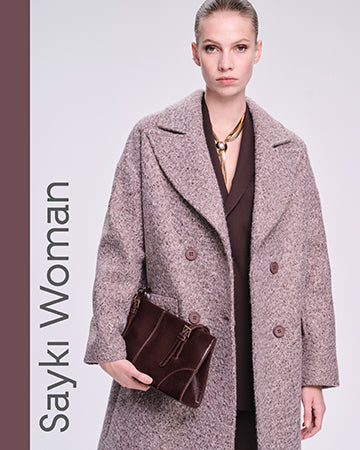When building a versatile wardrobe, understanding the subtle differences between various trouser styles can make all the difference in your appearance. While many people use the terms interchangeably, slacks and dress pants serve distinct purposes in a man's closet. This guide breaks down everything you need to know about these essential pieces of men's pants.
Contents
What Exactly Are Slacks?
Slacks represent the middle ground in men's trousers. They're more refined than casual chinos or jeans, yet more relaxed than formal dress pants. Originally designed for comfort and versatility, slacks feature a looser cut through the leg and typically come without pleats or cuffs.
The term "slacks" emerged in the early 20th century when men sought alternatives to rigid, formal trousers. These pants offered "slack" or ease in the fit, allowing for greater comfort during daily activities while maintaining a professional appearance.

Key characteristics of slacks include:
- Relaxed fit through the hip and thigh
- Medium-rise waist
- Flat front design (though some feature single pleats)
- Variety of fabric blends including cotton, polyester, and wool
- Minimal or no break at the shoe
- Often machine washable
Slacks vs. Dress Pants: What's the Difference?
While both belong to the formal trouser family, several key distinctions set them apart:
| Feature | Slacks | Dress Pants |
|---|---|---|
| Fit | Relaxed, comfortable cut with room for movement | Tailored, close-fitting silhouette |
| Fabric | Poly-viscose blends, cotton blends, casual wool | Premium wool, wool-silk blends, fine worsted |
| Crease | Optional or subtle front crease | Sharp, permanent crease |
| Lining | Usually unlined | Often partially or fully lined |
| Formality | Business casual to semi-formal | Business formal to black tie |
| Price Range | Generally more affordable | Higher price point due to materials and construction |
Think of it this way: every dress pant qualifies as a slack in the broadest sense, but not every slack meets the standards of a dress pant. The finest dress pants represent the pinnacle of formal trousers, while slacks occupy a more versatile, everyday position in your wardrobe.
When to Wear Slacks vs. Dress Pants
Understanding appropriate contexts for each trouser type ensures you're always properly dressed:
Slacks work perfectly for:
- Daily office wear in business casual environments
- Client meetings without strict dress codes
- Smart casual events like gallery openings or casual dinners
- Weekend brunches requiring elevated style
- Travel days when comfort meets sophistication
Dress pants excel at:
- Board meetings and executive presentations
- Weddings, galas, and formal ceremonies
- Job interviews in traditional industries
- Fine dining establishments with dress codes
- Any occasion requiring a complete suit
See also : Cocktail Attire for Men: A Dress Code Guide

How to Style Slacks
Slacks offer incredible versatility, pairing well with various tops and footwear options:
For the Office: Combine navy or charcoal slacks with a crisp white or light blue dress shirt. Add a leather belt matching your shoes, and you've created a professional look without the formality of a full suit. During warmer months, swap the dress shirt for a well-fitted polo in a solid color.
Weekend Smart Casual: Pair khaki or olive slacks with a cashmere sweater or merino wool pullover. Add leather loafers or clean white sneakers depending on your destination. This combination works equally well for lunch dates or casual gatherings.
Transitional Dressing: Layer a knit blazer over a henley or crew neck t-shirt with dark slacks. This modern approach bridges the gap between casual and formal, perfect for creative workplaces or evening events.
How to Style Dress Pants
Dress pants demand more thoughtful coordination given their formal nature:
Classic Business: Match your dress pants with their suit jacket for important meetings. Ensure your shirt collar sits properly under the jacket, and choose a tie that complements without competing. Complete the look with polished formal shoes like oxfords or brogues.
Separate Coordination: When wearing dress pants without their matching jacket, opt for a contrasting blazer in a complementary color. Navy pants work beautifully with a grey or camel blazer, while charcoal pants pair well with navy or burgundy.
Modern Formal: For contemporary formal events, try dress pants with a turtleneck instead of a traditional shirt and tie. Add a well-fitted blazer and minimal men's accessories for sophisticated simplicity.
Can You Wear Slacks Casually?
Absolutely. Slacks bridge the formality gap, making them perfect for casual wear when styled appropriately. The key lies in choosing the right accompanying pieces and avoiding overly formal combinations.
Consider these casual approaches:
- Slacks with sneakers and a graphic tee for weekend errands
- Chino-style slacks with boat shoes and a linen shirt for summer outings
- Dark slacks with boots and a denim jacket for transitional weather
The fabric and color also influence how casual slacks appear. Lighter colors and cotton blends read more casual than dark wool options.

What Are the Best Fabrics for Slacks?
Fabric choice significantly impacts both appearance and functionality:
| Fabric Type | Season | Benefits | Best For |
|---|---|---|---|
| Cotton Blend | Spring/Summer | Breathable, comfortable | Casual offices, warm weather |
| Wool Blend | Fall/Winter | Wrinkle-resistant, insulating | Year-round office wear |
| Polyester Mix | All seasons | Durable, easy care | Travel, daily wear |
| Linen Blend | Summer | Ultra-breathable, lightweight | Hot climates, casual events |
| Technical Fabric | All seasons | Stretch, moisture-wicking | Active professionals, commuters |
Modern fabric technology has revolutionized slacks, introducing performance features like four-way stretch, stain resistance, and temperature regulation. These innovations make contemporary slacks more comfortable and practical than ever before.
Are Dress Pants Only for Suits?
While dress pants traditionally accompany suit jackets, they're far from limited to complete suits. Modern style embraces the versatility of quality dress pants in various combinations.
Dress pants work exceptionally well as separates when you:
- Choose pants in a different color family than your jacket
- Ensure similar levels of formality between pieces
- Pay attention to fabric weight and texture compatibility
- Maintain proper fit throughout the ensemble
The key to wearing dress pants without their matching jacket lies in creating intentional contrast rather than appearing mismatched. A pair of charcoal dress pants looks sophisticated with a textured navy blazer, while pinstripe pants can anchor a solid-colored sport coat beautifully.
Can You Mix Dress Pants with a Blazer?
Mixing dress pants with blazers creates sophisticated combinations suitable for numerous occasions. This approach, known as "separates dressing," offers more flexibility than traditional suits while maintaining polished appeal.
Successful combinations include:
- Navy dress pants with a grey herringbone blazer
- Charcoal pants with a camel or tan blazer
- Black dress pants with a deep burgundy velvet blazer for evening events
- Light grey pants with a navy blazer for spring and summer
Tips for mixing successfully:
- Ensure the blazer and pants differ enough to appear intentional
- Match the formality levels (avoid pairing ultra-formal pants with casual blazers)
- Consider texture contrast (smooth pants with textured blazers or vice versa)
- Keep accessories cohesive to tie the look together
Remember that confidence carries any outfit. Whether you choose slacks for their comfort and versatility or dress pants for their refined elegance, wearing them with assurance makes all the difference. Understanding these distinctions empowers you to build a wardrobe that transitions seamlessly from boardroom to dinner reservation, ensuring you're appropriately dressed for every occasion life presents.
The modern man's wardrobe benefits from both slacks and dress pants, each serving distinct purposes while offering unique advantages. By investing in quality pieces from both categories and understanding when to deploy each, you create a foundation for effortless style that adapts to your lifestyle's demands.

